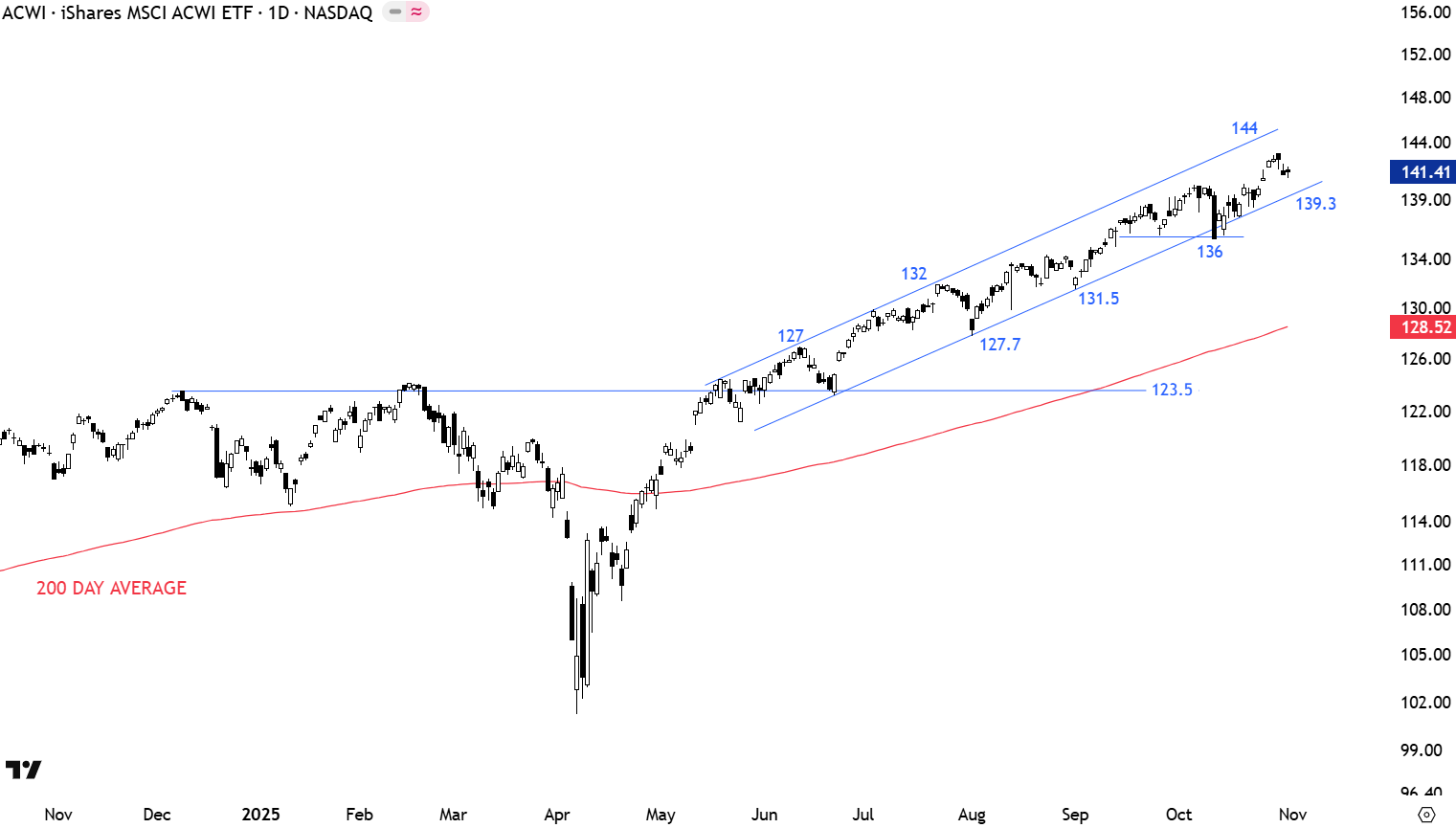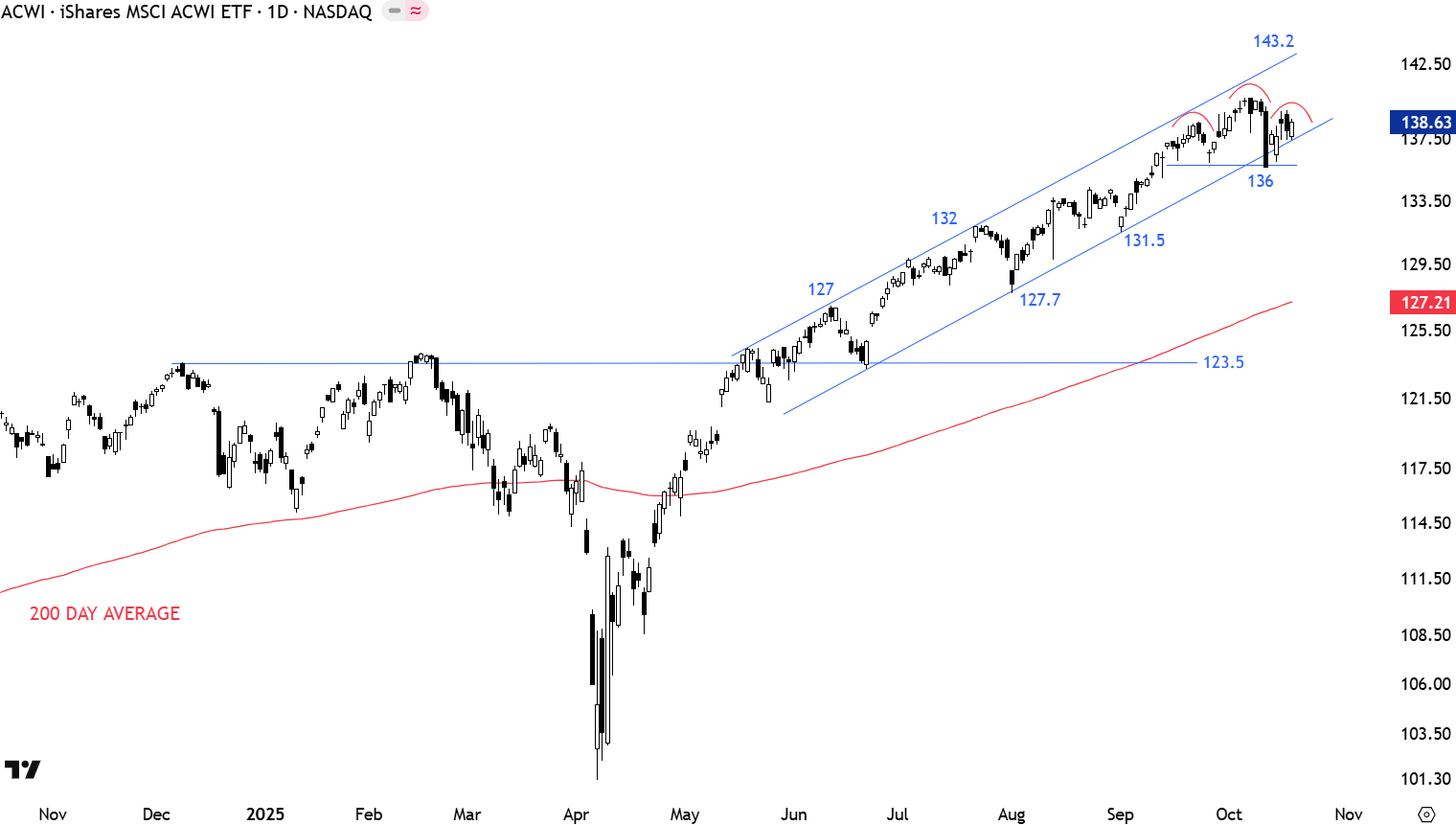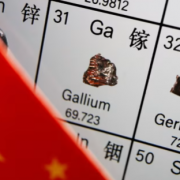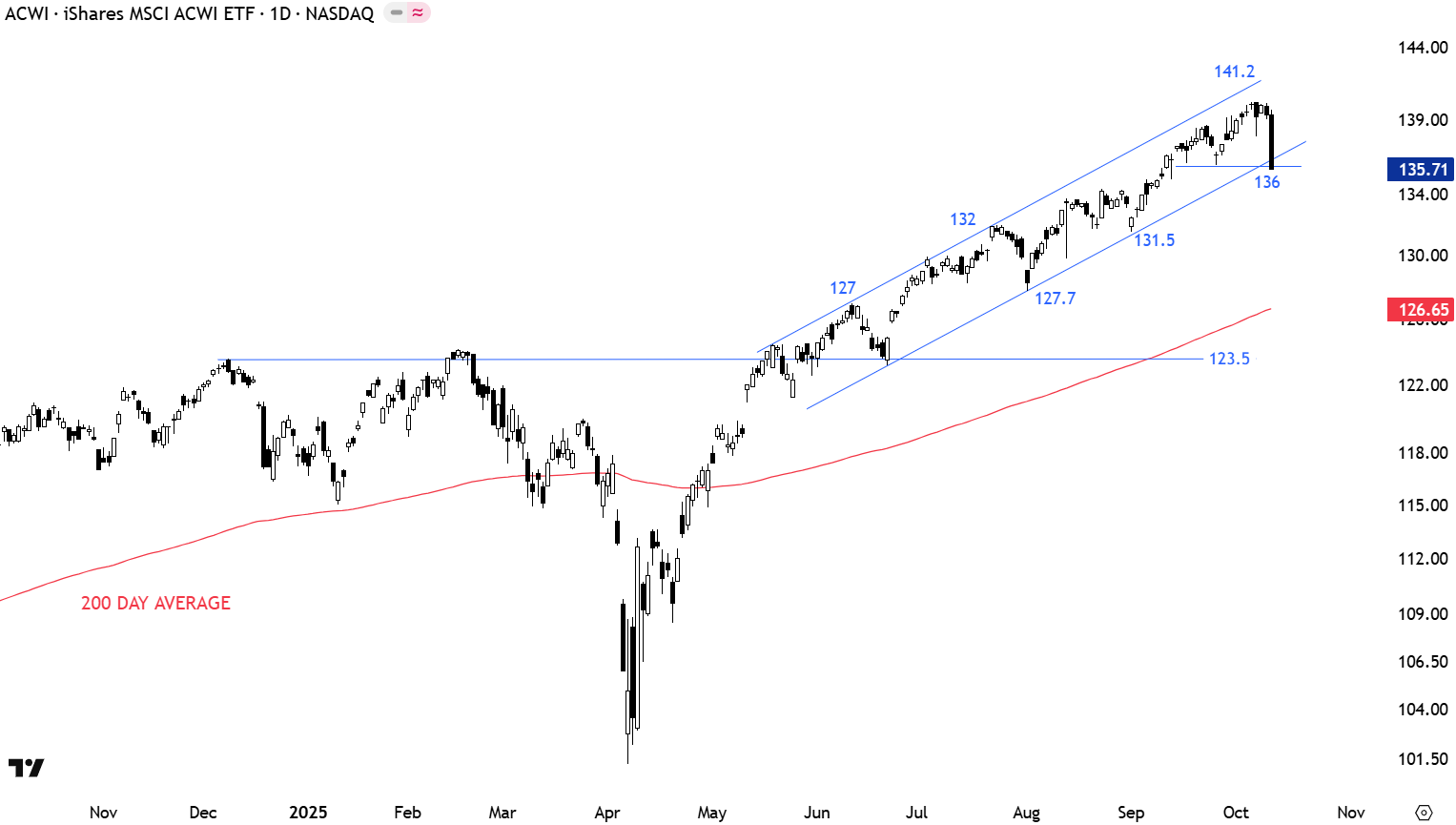REVIEW
The benchmark for the Global equity markets performance, the iShares MSCI All Country World Index ETF (ACWI.O) did a round trip after the sharp sell-off and reached its all-time highs around 123.5 levels. Following the breakout above the horizontal resistance at 123.5 levels the ETF has been trending higher in a channel. Price is respecting both boundaries. Support area is between 135 and 131.5 levels. Uptrend is intact. The upper boundary of the trend channel can act as resistance around 139.3 levels. The lower boundary of the trend channel can form short-term support at 135 levels. Long term average is now overlapping with the horizontal support around 123.5, forming an inflection point.
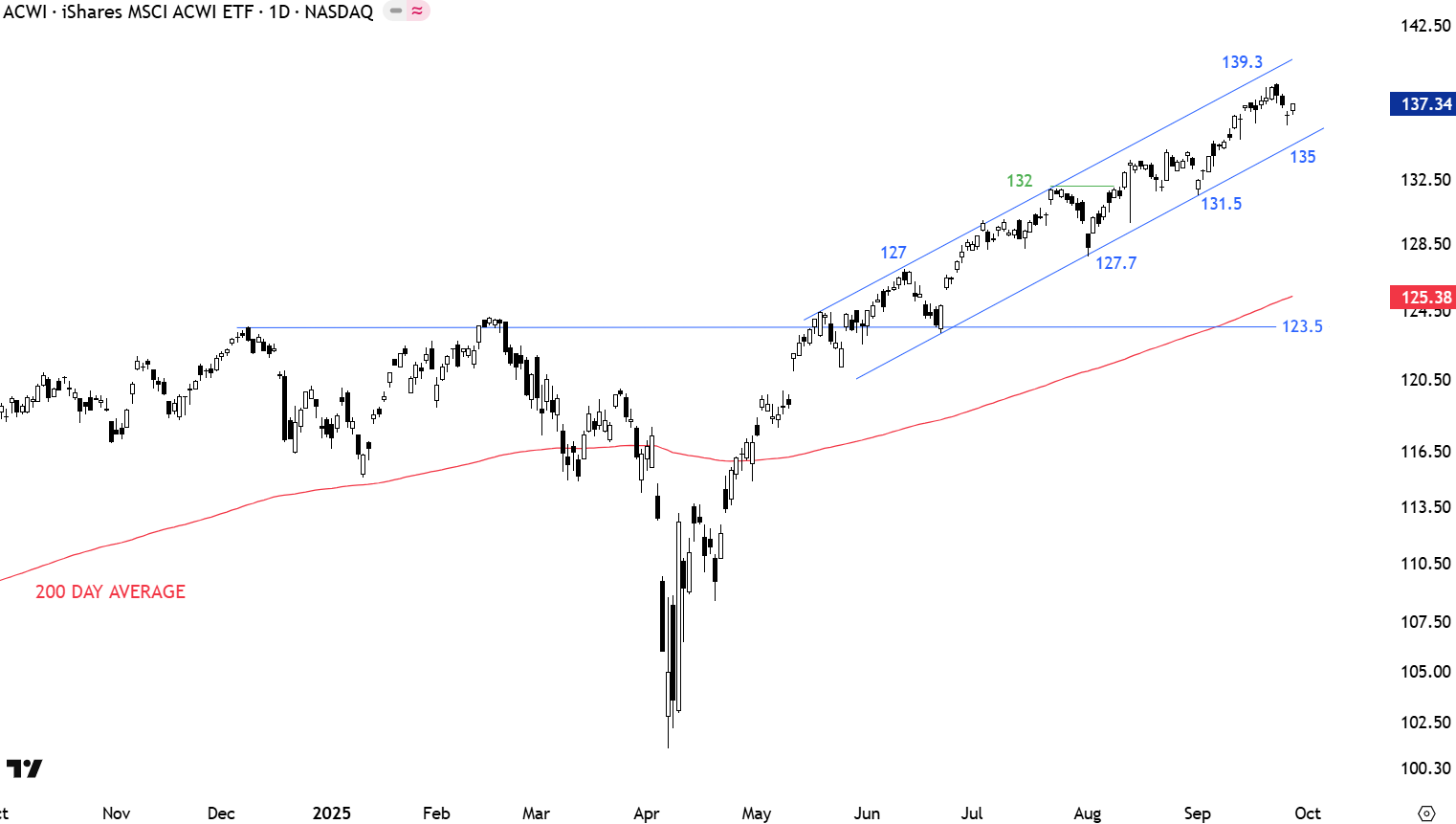 Read More
Read More



